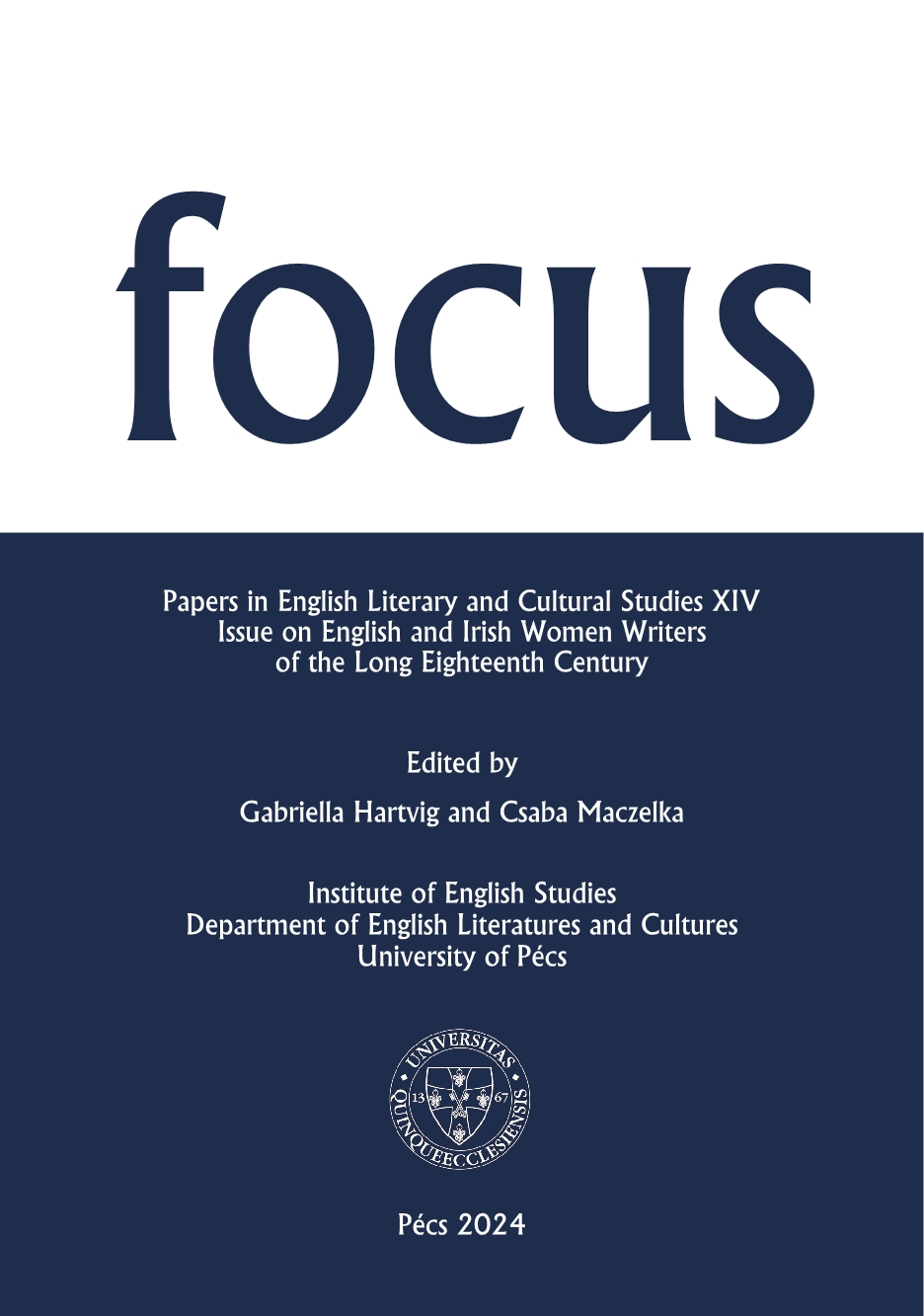Writing Intergenerational Female Relationships: Ann Radcliffe’s The Romance of the Forest (1791)
DOI:
https://doi.org/10.15170/Focus.14.2024.2Abstract
This article uses The Romance of the Forest (1791) as a case study on the ways Radcliffe writes intergenerational female relationships and engages with the limitations of sensibility and “good” conduct. It will demonstrate how Radcliffe both criticises and endorses female sensibility, as an action which leads to poor judgement and as a tool to manage relationships, as seen in the case of Madame La Motte. It will also address Radcliffe’s framing of the doctrines of conduct literature, which produce an admirable role model in the form of Madame La Luc, who is subsequently written out of the text. Finally, it makes a case for intergenerational exchange where the process of a mother-daughter education gives the young women in the novel patterns of behaviours to reshape. This article contributes to the growing volume of research on Radcliffe’s politically engaged writing and the Female Gothic.
Downloads
Published
How to Cite
Issue
Section
License
Copyright (c) 2024 Roslyn Joy Irving

This work is licensed under a Creative Commons Attribution-NonCommercial-NoDerivatives 4.0 International License.
FOCUS: Papers in English Literary and Cultural Studies follows the principles laid down by Creative Commons, which provides guarantees for the Author’s copyright while also ensuring that intellectual properties are made available for the wider public in a digital form. All papers submitted to the journal apply the following licence conditions (indicated on the journal’s website as well as in individual publications):
“© This work is licensed under a Creative Commons Attribution-NonCommercial-NoDerivatives 4.0 International License.”
You are free to:
- Share, copy and redistribute the material included in the journal in any medium or format under the following terms:
- Attribution — You must give appropriate credit to the Author, and indicate the original place of publication [FOCUS: Papers in English Literary and Cultural Studies, Issue nr., page numbers.].
- NonCommercial — You may not use the material for commercial purposes.
- NoDerivatives — You are not allowed to remix, transform, or build upon the material.
- The above conditions must always be indicated if the journal material is distributed in any form.
- The above conditions must always be met, unless a written permission signed by the Author and the Editor-in-Chief states otherwise.

